-
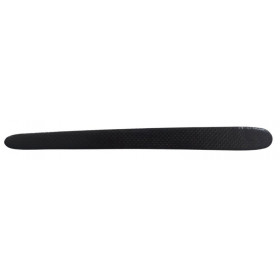 New productFrame protection carbon
New productFrame protection carbon- €1.55
-
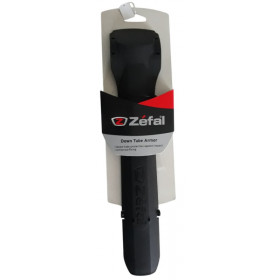 New product NewZefal mountain bike frame protector
New product NewZefal mountain bike frame protector- €9.99
-
 New productBike frame protection Lezyne chainstay protector
New productBike frame protection Lezyne chainstay protector- €6.99
-
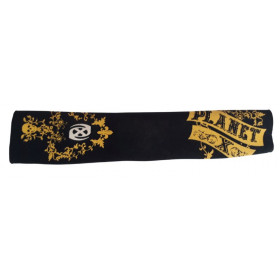 New productPlanet X mountain bike base protection
New productPlanet X mountain bike base protection- €4.49
-
 UsedLapierre frame protector
UsedLapierre frame protector- €6.99
-
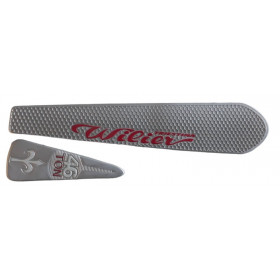 New productWilier frame protectors
New productWilier frame protectors- €4.99
-
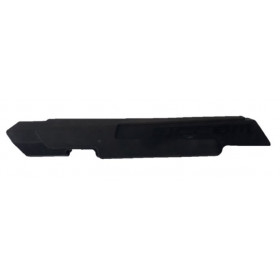 UsedOrbea Occam 29 chain protector
UsedOrbea Occam 29 chain protector- €8.99
-
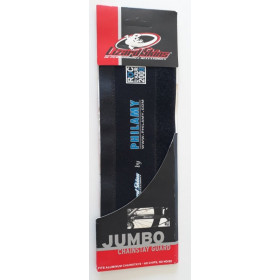 New product -50%Lizard skins Jumbo chainstay guard
New product -50%Lizard skins Jumbo chainstay guard- €5.00
- €9.99
-
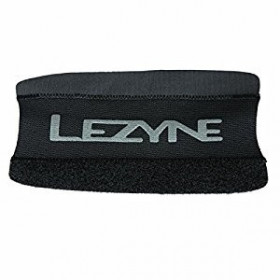 New productLezyne chainstay protector size S
New productLezyne chainstay protector size S- €6.99
Showing 1-9 of 9 item(s)
The gravel bike frame is the heart of any gravel frameset. It determines the performance, comfort, and versatility of the bike on varied terrain. With a design designed to combine on-road efficiency and off-road capability, it is available in different materials, geometries and specific options. Here is a complete guide to the types, features, and brands of gravel frames.
1. Types of gravel frames by material:
a. Aluminum frame
Benefits :
- Light and rigid
- Corrosion resistant
- Affordable.
Disadvantages:
Less comfortable than other materials over long distances.Recommended use:
Beginners or cyclists looking for good value for money.b. Carbon frame
Benefits :
- Ultralight and rigid
- Vibration absorption, providing superior comfort
- Excellent performance on mixed terrain.
Disadvantages:
- High cost
- Less resistant to impacts than steel or titanium.
Recommended use:
Performance or competition oriented cyclists.c. Steel frame
Benefits :
- Very sturdy and durable
- Comfortable thanks to its natural flexibility
- Timeless aesthetic, often sought after for vintage gravel.
Disadvantages:
- Heavier than aluminum or carbon
- Susceptible to corrosion if untreated.
Recommended use:
Bikepacking, long adventures, classic style lovers.d. Titanium frame
Benefits :
- Lightness comparable to carbon, durability superior to steel
- Exceptional corrosion resistance
- Ideal comfort for long distances.
Disadvantages:
Very expensive.Recommended use:
Cyclists looking for premium and ultimate versatility.2. Main characteristics of gravel frames
a. Geometry
- Slightly upright position: for greater comfort over long distances
- Extended rear chainstays: for better stability on uneven terrain
- Open steering angle: promotes maneuverability and control, even when loaded.
b. Clearance for wide tires
Most gravel frames accept tires up to 40-50mm with or without mudguards.c. Multiple attachment points
Supports for:- Bottle holders (often 3 or more)
- Luggage rack and mudguards
- Frame bags or bikepacking accessories.
d. Wheel Compatibility
- 700c: faster on roads and rolling paths
- 650b: better traction and comfort on technical or loose terrain.
e. Cable routing
Often integrated to protect cables from mud and splashes.f. Disc brake mounts
Modern gravel frames are designed to accommodate disc brakes, promoting powerful and consistent braking.
g. Compatibility with transmissions
Single-chainring or double-chainring, depending on preferences and the target terrain.
3. Popular Gravel Frame Brands :
a. Aluminum frames
Specialized: Diverge Base Alloy
- Progressive geometry for a stable ride
- Compatible with tires up to 47mm.
Cannondale: Topstone Alloy
- Multiple attachment points for bikepacking
- Excellent value for money.
Giant: Revolt 2
- Lightweight ALUXX aluminum
- Clearance for 45mm tires.
b. Carbon frames
Cervélo: Aspero
- Designed for gravel performance and speed
- Lightweight, aerodynamic frame.
Santa Cruz: Stigmata
- Exceptional versatility, ideal for mixed terrain
- Compatible with 700c and 650b wheels.
BMC: URS
- Gravel+ geometry for unparalleled maneuverability
- Integrated shock absorber for greater comfort.
c. Steel frames
Surly: Straggler
- Compatible with bulky tires and equipped with numerous attachment points
- Ideal for off-the-beaten-track adventures.
Genesis: CDA Croix de Fer
- Robust and elegant design
- Perfect for bikepacking or commuting.
Ribble: CGRA Gravel Steel
Clean aesthetics and customizable options.
d. Titanium frames
Lynskey: GR300
- Handcrafted frame with bikepacking compatibility
- Durable and comfortable for long distances.
Moots: Routt 45
- High-end titanium frame, perfect for technical terrain
- Elegant cable integration.
J.Guillem: Atalaya
Comfort, robustness, and minimalist aesthetic.
4. Tips for choosing a gravel frame
Define your use:
- Competitive gravel: opt for a carbon frame
- Bikepacking or long adventures: prefer steel or titanium
- Tight budget: aluminum is an excellent compromise.
Ensure compatibility:
Check compatibility with your wheels, tires, and transmissions.
Think about comfort:
A gravel bike frame that absorbs vibrations well (carbon, steel or titanium) will be more pleasant over long distances.
Evaluate the attachment points:
Frames with multiple racks are essential for versatile gravel and bikepacking.
In summary
The choice of gravel bike frame depends on your needs, your budget and the terrain envisaged. Brands like Specialized, Cannondale, and Santa Cruz offer modern, high-performance options, while steel frames like those from Surly or titanium frames like those from Lynskey appeal to adventurers. Opting for a well-designed setting guarantees comfortable and unforgettable outings, whether on the road or off the beaten track.
